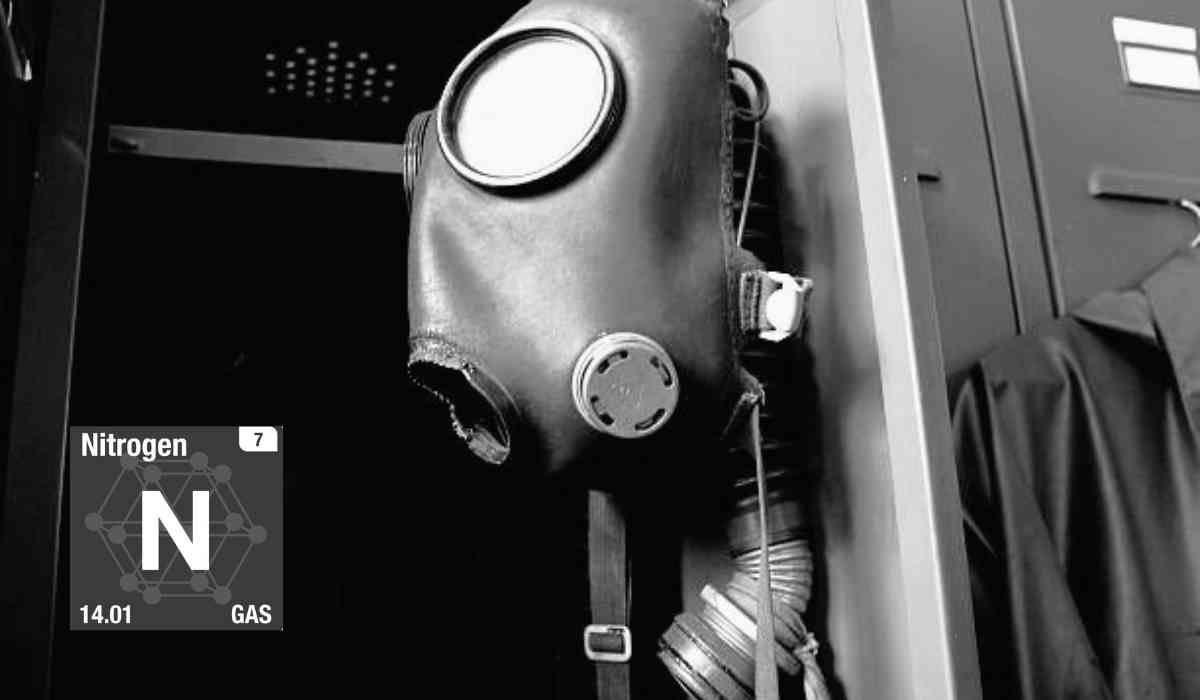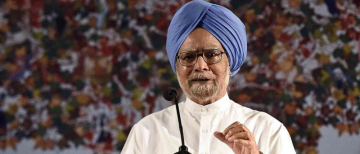Every time we crack open a bag of those crunchy treats, we have all grumbled about the ratio of chips to the bag. To bring out our inner child and make our voices low-pitched, we have all sucked the air out of a floating balloon. Let's move on to the newest trend: frozen foods assembled using nitrogen, which tend to stimulate other senses as you eat them. The primary ingredient required to realise the aforementioned dreams is nitrogen. 78% of the atmosphere is composed of this chemically odourless gas, which is used for a variety of purposes.The existence of life on Earth depends on nitrogen. Liquid nitrogen, for instance, is used in the medical field in cryotherapy to freeze and remove abnormal skin cells or even treat certain diseases. All in good humour and giggles. However, we are unaware that these good deeds have created a doorway to hell on Earth.
Kenneth Eugene Smith of Alabama was the guinea pig for increasingly severe forms of torture in the recent death penalty case. This ultimately led to a shocking realisation about the actual repercussions of these seemingly innocent acts. What's done is done,there's no going back now. However, it raises a significant question: why Nitrogen and have we opened Pandora's box ?
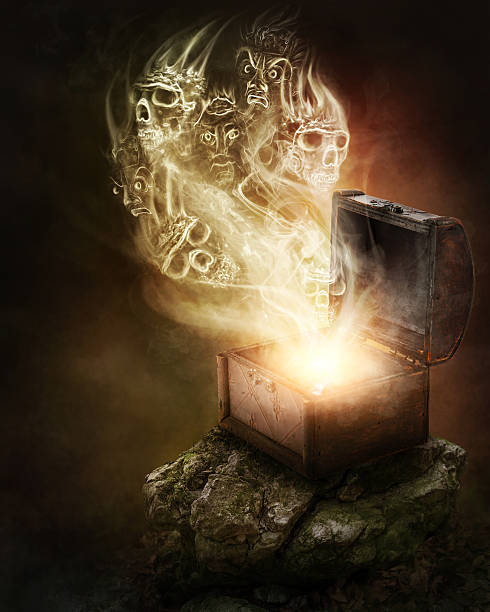
The Evolution of the Death Penalty:
The death penalty has a very long history, dating back to the time of ancient Mesopotamia, Egypt, and Greece. King Hammurabi of Babylon codified the death penalty into his code of laws in the eighteenth century B.C.

Code of Law, King Hammurabi of Babylon (PC:history.com)
The death penalty was introduced to America by European settlers who were influenced by English law. Captain George Kendall was put to death for espionage in 1608, the first execution in American colonial history.
People began challenging the use of the death penalty and contesting its legality in the 1960s. Prior to that, it was believed that the death penalty was permitted under the Fifth, Eighth, and Fourteenth Amendments. Throughout history, the means of execution have evolved from hanging to electrocution, lethal injection, and gas chambers and firing squads. The newest method being explored is using nitrogen gas to execute death row inmates.
Comprehending the Utilisation of Nitrogen Gas:
It is crucial to examine the specifics of a nitrogen and nitrogen gas execution in order to fully appreciate the seriousness of this situation.
The chemical element nitrogen has the atomic number seven and the symbol N. Approximately 78% of Earth's atmosphere is composed of this colourless, odourless, and inert gas. Nitrogen, a vital component of proteins, DNA, and amino acids, is necessary for life. Nitrogen comes in many forms and is essential for fertilising plants. Its compounds are also used in many other industrial processes, such as the synthesis of nitric acid and ammonia. On the other hand, the synthesis of explosives depends heavily on nitrogen compounds, particularly ammonium nitrate. As an oxidant, ammonium nitrate provides the necessary oxygen for the burning of reactive substances. Ammonium nitrate-fuel oil (ANFO), a common industrial explosive in mining and construction, is one well-known example
.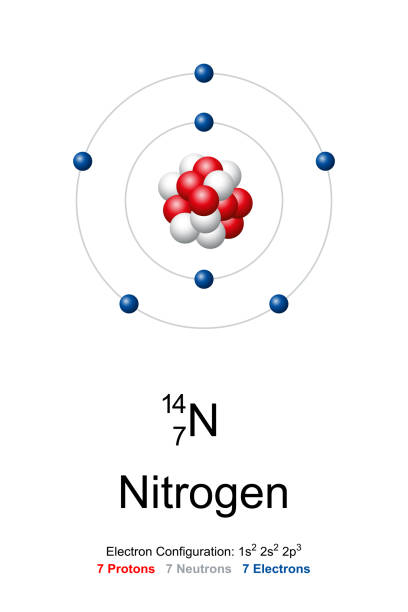
Nitrogen gas is inhaled, as opposed to more conventional techniques like the electric chair or lethal injection, which cause hypoxia. The prisoner asphyxias without feeling any pain because they are breathing in pure nitrogen, which fills their lungs with nitrogen instead of oxygen.Advocates contend that this method provides a painless and compassionate substitute for conventional methods of execution. Critics point out that this method lacks transparency and has the potential to cause prolonged suffering.
The Shift to Nitrogen Gas Execution:
As of January 1, 2023, the total number of death-row inmates is 2,331.
In recent years, a number of US states have looked into and substituted nitrogen gas execution for other methods. Oklahoma declared in 2015 that it intended to execute death row inmates using nitrogen gas. This action was in response to the state's challenges in acquiring the medications required for lethal injections. Utilising nitrogen gas is thought to be an alternate technique.

States with Death Penalities, PC: Death Penalty Information center
Proponents of nitrogen gas execution argue that it raises concerns regarding medical problems, the availability of enough medications, and the potential cruelty of lethal injections. However, there has been a lot of criticism directed towards the implementation of this approach, particularly given the lack of public knowledge and scientific research on its efficacy and moral implications.
Ethical Considerations:
Human rights, constitutionality, and the possibility of a botched execution are the main topics of discussion in the ethical discourse surrounding nitrogen gas executions.
The Eighth Amendment of the United States Constitution forbids cruel and unusual punishment, and critics claim that this approach does just that. The moral conundrums raised by this method are further compounded by worries about whether the use of nitrogen gas can cause an unduly painful and protracted death.

It was reported that Mr. Smith died peacefully but evidence shows that his death was painful and the whole process lasted for about 22 long minutes, resulting in ‘violent shaking and convulsions’, as reported by witnesses.
Legal Implications and Challenges:
The use of nitrogen gas execution is fraught with legal issues. Its lack of testing, standard operating procedures, and a defined protocol raises concerns about its consistency and dependability.
Justice Sonia Sotomayor of the Supreme Court dissented from the ruling, as did the other two liberal justices. "After failing to execute Smith on its first try, Alabama has chosen him as its 'guinea pig' to test a method of execution never tried before," Sotomayor wrote. Everyone is observing.
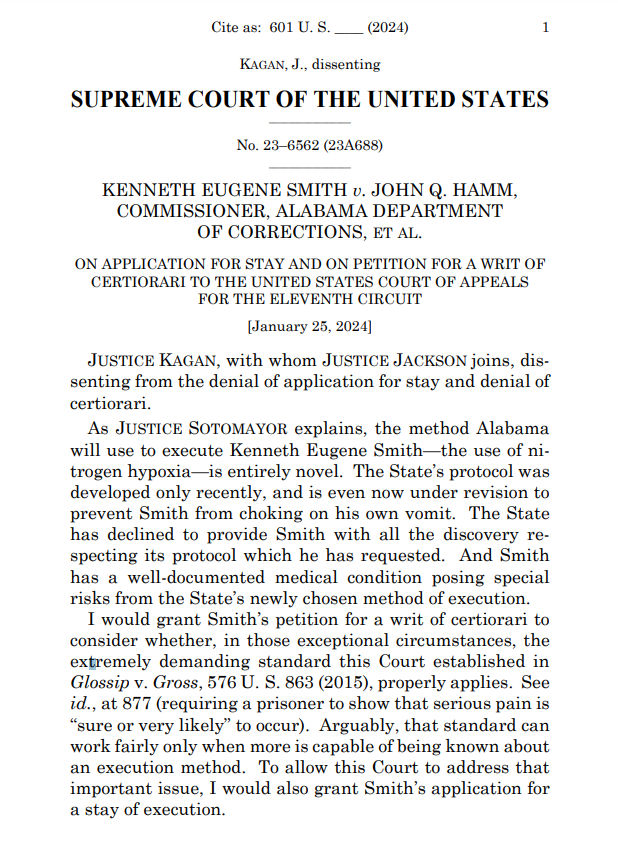
For full judgement, go to https://www.supremecourt.gov/opinions/23pdf/23a688_ap6c.pdf
The death penalty, which is still lawful in 27 US states, and the use of nitrogen gas as a cruel and unusual punishment have drawn harsh criticism from the European Union (EU). Concerned about the rise in US executions, the EU demands that the death penalty be abolished globally. In keeping with the worldwide trend, it exhorts states that still uphold the death penalty to enact a moratorium and work towards its abolition.
Human rights organisations and legal experts alike have constitutional concerns about this method's lack of transparency. Amidst ongoing legal battles and discussions, it is becoming more and more important to address the legality and potential consequences of nitrogen gas execution in a formal and transparent manner.
Global Reception and Impact:
The world responds to America's adoption of nitrogen gas execution with differing degrees of concern and condemnation as word gets out. The application of the death penalty is deemed incompatible with international human rights standards by nations that reject it.
Furthermore, as some critics put it, the dissemination of such practices has the potential to normalise and continue the use of a contentious method of execution around the world, presenting America's most recent gift of hell.

The use of nitrogen gas for execution has become a contentious and morally complex form of execution. The continual discussions about the death penalty's efficacy, morality, and legal ramifications are a reflection of how complicated its application is. In order to create a fair and compassionate criminal justice system, it is imperative that people comprehend the consequences of nitrogen gas execution, even as societies continue to debate the death penalty. The United States' decision to resume using nitrogen gas executions has sparked a heated debate about the death penalty and exposed not only the country's position on the issue but also the global effort to find a widely accepted substitute.
ⒸCopyright 2024. All Rights Reserved Powered by Vygr Media.

